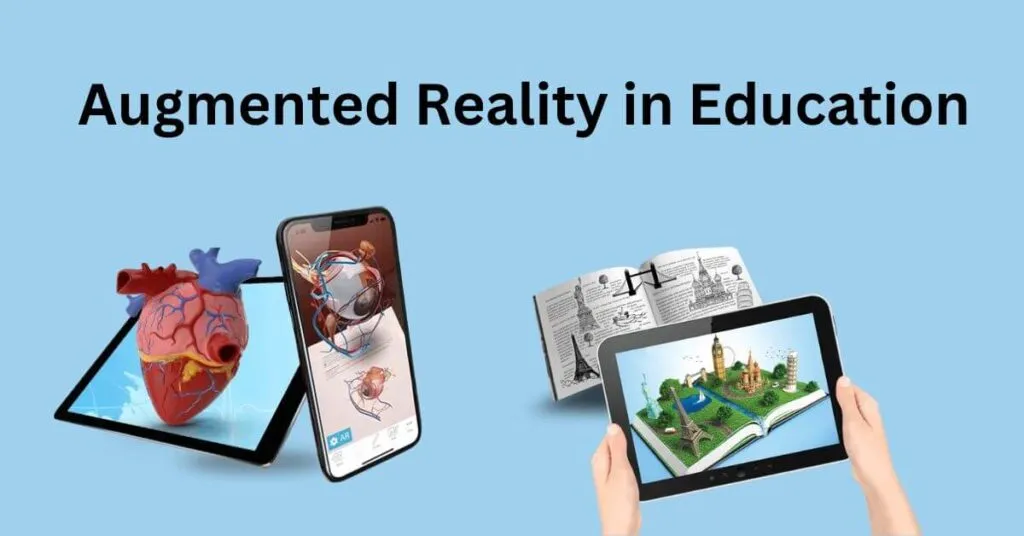Augmented Reality in Education – Augmented Reality (AR) is an innovative technology that layers computer-generated enhancements atop an existing reality to make it more meaningful through the ability to interact with it. AR is developed into apps and used on mobile devices to blend digital components into the real world to enhance one another.
Table of Contents
AR’s Impact on Learning and Teaching
AR transforms traditional learning and teaching methods. It provides a more profound learning experience to stimulate intellectual capacities and offer practical learning opportunities. This technology can turn a conventional class into an interactive, more engaging experience for students of all ages.
Enhancing Visual Learning
One of the significant benefits of augmented reality in educationis its visual aspect. It allows students to witness a realistic representation of what they are learning, particularly useful in science, history, and geography. For example, biology students can study the human body in a 3D format, making it easier to understand the complexity of human anatomy.
Interactive Learning Experiences
AR makes learning more interactive, which can help students better understand and retain information. It can transform a regular classroom into an interactive learning environment, engaging students in a way that traditional teaching methods may not. This can lead to increased motivation and curiosity among students.
Customized Learning
AR in education allows for more personalized learning experiences. Students can learn at their own pace and in a style that suits them best, which can be particularly beneficial for students with learning disabilities. AR can provide custom-tailored learning experiences that meet the unique needs of each student.
Practical Applications in Various Subjects
AR has practical applications in various educational subjects. For example, students can take virtual tours of historical sites and monuments in history classes. AR can be used in science to conduct virtual experiments and explore scientific phenomena in a safe and controlled environment.

Challenges of Implementing AR in Education
Despite the benefits, the implementation of AR in education faces challenges. These include the high cost of AR technology, the need for adequate infrastructure, and the necessity of effectively training teachers to use AR tools in their teaching. There’s also the challenge of ensuring equitable access to this technology for all students.
The Future of Augmented Reality in Education
The future of AR in education is promising. As technology evolves, AR will likely become more accessible and widespread in educational settings. This technology has the potential to fundamentally change the way students learn and interact with educational content, making learning a more engaging and immersive experience.
Nsflow Solutions for Education
Nsflow, a notable player in the AR technology field, offers solutions tailored for educational purposes. Their AR solutions aim to enhance learning experiences by making them more interactive, engaging, and adaptable to various learning styles.
Nsflow’s technology is designed to bring complex concepts to life, facilitating a more profound understanding for students. Nsflow’s commitment to evolving AR technology aligns with the future trends in education, aiming to make learning a more dynamic and effective process.


